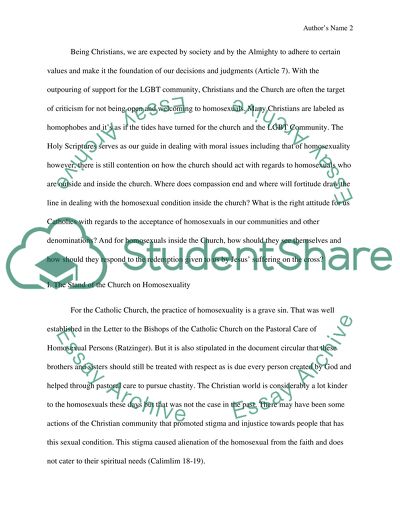Cite this document
(“Dealing with the Homosexual Condition inside the Christian Church Research Paper”, n.d.)
Retrieved from https://studentshare.org/religion-and-theology/1404461-see-attachment-theology-class-assignment-about
Retrieved from https://studentshare.org/religion-and-theology/1404461-see-attachment-theology-class-assignment-about
(Dealing With the Homosexual Condition Inside the Christian Church Research Paper)
https://studentshare.org/religion-and-theology/1404461-see-attachment-theology-class-assignment-about.
https://studentshare.org/religion-and-theology/1404461-see-attachment-theology-class-assignment-about.
“Dealing With the Homosexual Condition Inside the Christian Church Research Paper”, n.d. https://studentshare.org/religion-and-theology/1404461-see-attachment-theology-class-assignment-about.


